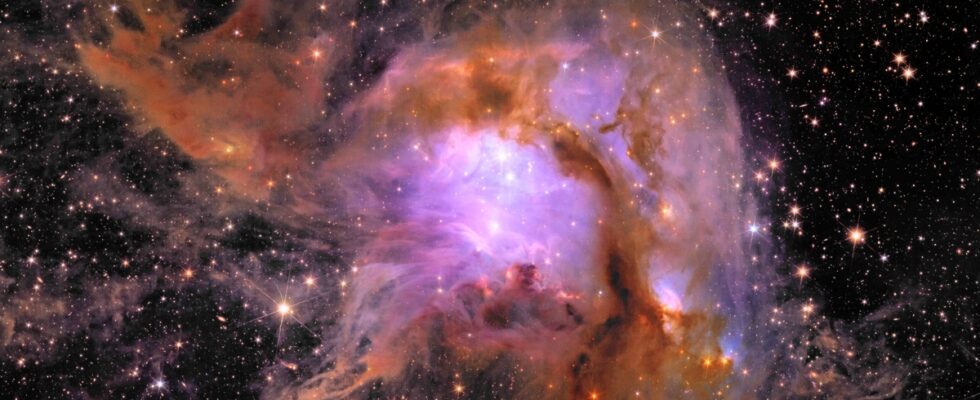When we talk about space exploration, it is not only about sending men far beyond the earth, but also and above all about studying the rest of the universe in search of answers and new knowledge. This is the mission that Euclid, an observatory placed in orbit around the Sun and which scans vast areas of the sky in the visible and near-infrared spectrum, must fulfill.
Last year, ESA demonstrated the impressive capabilities of its telescope by releasing five fascinating images. Less than two months before Euclid’s first birthday, five new images are presented to us. Star nurseries and galaxy clusters are the stars of the moment, allowing us to learn more about the physical properties of the Universe, as well as its history and evolution.
A telescope that lives up to expectations
The publication is accompanied by 10 scientific articles, already available on the arXiv platform. “The images and associated scientific results are impressively diverse in terms of objects and distances observed”, commented Valeria Pettorino, scientific manager of the Euclid project at ESA. “They include a wide variety of scientific applications and yet only represent 24 hours of observations.“
This first catalog alone lists “11 million objects in visible light and 5 million in infrared light“, specifies the European agency. So far, its telescope has shown itself capable of great versatility, while producing results of great value.”The beauty of Euclid is that it covers large regions of the sky with great detail and depth, and it can capture a wide range of different objects in the same image – from the faintest to the brightest, from the brightest to the brightest. distant to the closest, from the most massive clusters of galaxies to small planets”, explains Carole Mundell, scientific director of the ESA. “We get a view that is both very detailed and very broad.”
Euclid’s mission is expected to last another six years, at the end of which he should have mapped more than a third of our sky. If it promises to fuel numerous research, it should above all help us to deepen our knowledge of dark matter and dark energy, two of the greatest challenges currently facing the study of the Universe. A hell of a program, the results of which we can’t wait to see.
